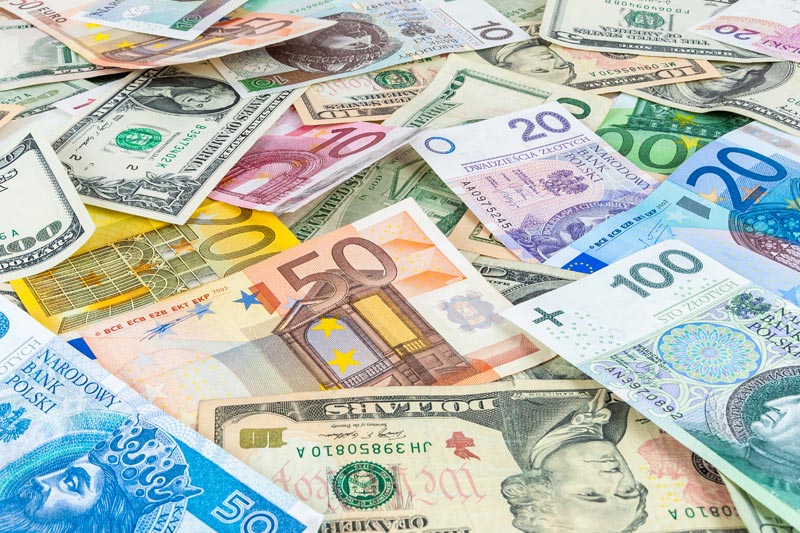Investing.com - The Australian dollar continued to soften against its U.S. counterpart during Tuesday’s Asian session following the release of China’s June inflation data.
In Asian trading Tuesday, AUD/USD fell 0.36% to 0.9102 and earlier traded as low as 0.9084.
The pair was likely to find support at 0.9038, the low of July 3 and a three-year low and resistance at 0.9179, the high of July 5.
The Aussie fell after China’s National Bureau of Statistics said annual consumer inflation there rose to 2.7% in June from May's reading of 2.1%. The report said that China's producer prices fell 2.7% last month following a 2.9% decline in May.
Economists expected consumer inflation of 2.5% and factory prices to fall 2.7%. CPI fell 0.2% on a month over month basis. Economists expected a flat reading. China, the world’s second-largest economy behind the U.S., is Australia’s top export market.
The Chinese data arrived a day after Australian data showed that ANZ job advertizements fell 1.8% in June, after a 2.5% decline the previous month.
The Aussie is the second-worst performing developed market currency in the world this year, trailing only the Japanese yen and most traders seem to expect it is a matter of when not if that AUD/USD slides to 90 cents.
Strong global data points this week could prompt some Aussie short-covering, which some traders think could lift AUD/USD to 92 or 93 cents, but a break below 90 cents could lead to increased selling pressure.
Elsewhere, AUD/JPY fell 0.10% to 92.15 while AUD/NZD dropped 0.15% to 1.1690.
In Asian trading Tuesday, AUD/USD fell 0.36% to 0.9102 and earlier traded as low as 0.9084.
The pair was likely to find support at 0.9038, the low of July 3 and a three-year low and resistance at 0.9179, the high of July 5.
The Aussie fell after China’s National Bureau of Statistics said annual consumer inflation there rose to 2.7% in June from May's reading of 2.1%. The report said that China's producer prices fell 2.7% last month following a 2.9% decline in May.
Economists expected consumer inflation of 2.5% and factory prices to fall 2.7%. CPI fell 0.2% on a month over month basis. Economists expected a flat reading. China, the world’s second-largest economy behind the U.S., is Australia’s top export market.
The Chinese data arrived a day after Australian data showed that ANZ job advertizements fell 1.8% in June, after a 2.5% decline the previous month.
The Aussie is the second-worst performing developed market currency in the world this year, trailing only the Japanese yen and most traders seem to expect it is a matter of when not if that AUD/USD slides to 90 cents.
Strong global data points this week could prompt some Aussie short-covering, which some traders think could lift AUD/USD to 92 or 93 cents, but a break below 90 cents could lead to increased selling pressure.
Elsewhere, AUD/JPY fell 0.10% to 92.15 while AUD/NZD dropped 0.15% to 1.1690.
